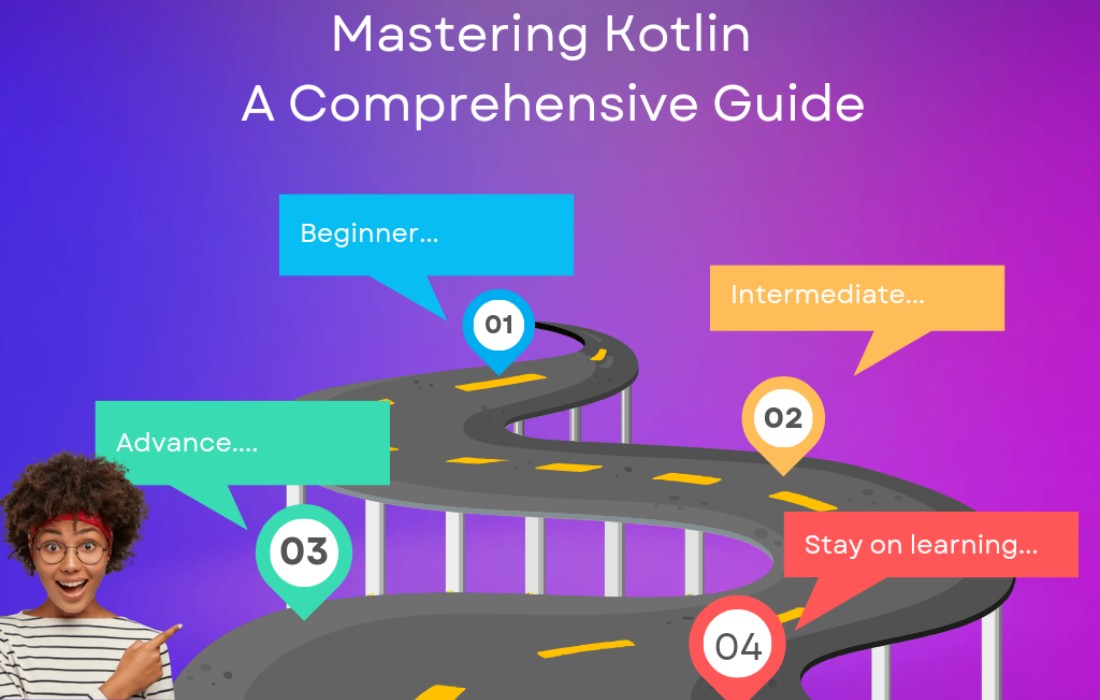Introduction
Kotlin is a powerful programming language that brings a range of modern features to the table, including generics and an expressive exception handling system. Understanding these concepts is crucial for writing safe, reusable, and maintainable code. In this blog post, we’ll explore generics in Kotlin, how to apply them in classes and interfaces, and delve into Kotlin’s exception handling mechanisms, highlighting both similarities and differences with Java.
Generics in Kotlin
Generics allow you to write flexible and reusable code while still maintaining type safety. This section will explore how generics work in Kotlin, providing examples to clarify key concepts.
What Are Generics?
Generics enable classes, interfaces, and functions to operate on types specified by the user. They allow you to create components that can handle many types while ensuring type safety.
Example: Simple Generic Class
Here’s a basic generic class:
In this code, the class Transport<T> can handle any type, while an instance of Transport can only handle a single type, ensuring type safety.
Basic Usage of Generics
You can instantiate generic classes or interfaces with specific types:
Kotlin provides several factory functions, such as mutableListOf(), to help you work with collections flexibly.
Applying Generics to Classes and Interfaces
Using Generics in Custom Classes
As with the built-in collection types, you can define your custom classes that use generics to enhance their functionality.
Example: Custom Transport Class
When you pass a Frog instance, the transport is locked to Frog, ensuring that no other type can be assigned without causing a compile error.
Using Generics with Interfaces
You can also define interfaces that work with generics, allowing diverse implementations:
Exception Handling in Kotlin
Kotlin’s approach to exception handling is similar to Java’s, but with notable differences, especially concerning checked exceptions.
Catching Exceptions
Kotlin supports typical try-catch syntax to handle exceptions:
In this example, if an exception occurs in the try block, control passes to the relevant catch block.
Try as an Expression
Kotlin allows using try as an expression, where you can return values from try, catch, or both.
This example encapsulates the division logic and provides a fallback value in case of an exception.
Defining and Throwing Exceptions
You can define your custom exceptions by extending the Exception class:
In this case, riskyFunction checks a condition and throws a custom exception if it fails.
Raising Exceptions
To manually throw exceptions:
This method checks for invalid input and raises an appropriate exception when necessary.
Conclusion
Understanding generics and exception handling in Kotlin can greatly improve your ability to write safe, reusable, and maintainable code. By using generics effectively, you can create components that operate on a wide range of types while maintaining type safety. Meanwhile, Kotlin’s expressive exception handling system allows developers to deal gracefully with runtime errors without the pitfalls associated with checked exceptions found in Java.
Integrate these concepts into your Kotlin programming practices and take full advantage of what Kotlin has to offer!
Feel free to explore these features further, and happy coding!












